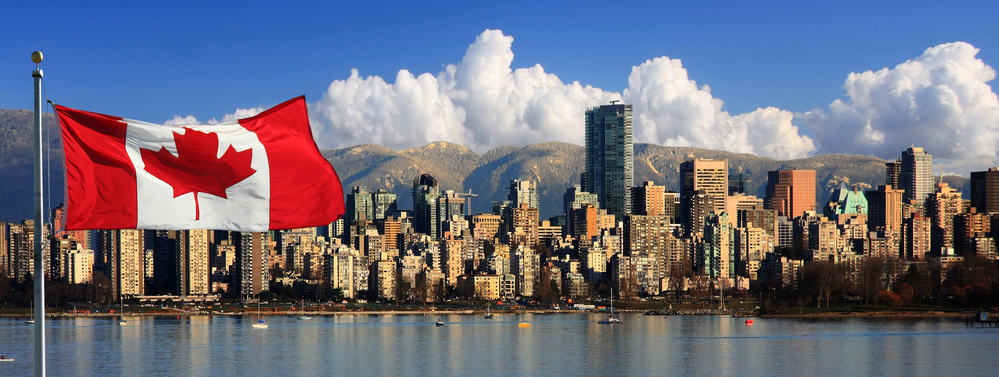Human numbers continue to grow often promoted in some countries by retrograde governments which misapply commercial economics to social policy. But in a world of declining resources and changing climate, more people no longer translates to progress.
Growth is Not Always Good
There are numerous examples of problems in Canada and around the world growing beyond the capacity of governments to deal with them.
A few practical examples.
- Syria had a population of 5 million in 1960. With just a 3% population annual growth its population hit 22 million in 2010. Add in the increased heat and aridity from climate change and people poured out of the farming communities into the urban centres. Low prospects, congestion, lowered living standards and ethnic tensions provided a tinder box ripe for social conflict.
- South Sudan had a population of 3 million in 1960 which grew to 11 million by 2013. Its 4.1% annual growth rate delivers a doubling every 17 years which will drive their population to 22 million in 2030 and 44 million in 2047. The thin, dry soils of the region are already too depleted to prevent famine.
Farmland, public infrastructure and social support systems which were once adequate are rapidly overwhelmed by compound population growth and this process appears as a confusing meltdown of the social structure. When this happens, it is not a failure of the supply system; in fact, the social structure has been crushed by unsustainable demand.
A Video Introduction to Population Math
How a little problem grows into an overwhelming one in a short period of time is illustrated in our Population Math video. While putting the eternal growth mantra into perspective, the Population Math video also offers two handy and easy math tricks to make mastering compound growth for anything a very simple matter. This explanation of population dynamics makes clear how quickly problems can increase.
The video, which demonstrates the impossibility of endless population growth applies equally as well to material consumption. Our finite and currently stressed planet cannot be expected to support endless demands for more resources. Any population growth policy is in direct conflict with basic environmental, ghg emissions and equality goals.
Canada Pursuing Exceptional Growth Policy

Canada, while is growing at a slower rate than many Less Developed Countries, is still pursuing an exceptional growth policy – opposed by a majority of Canadians – which would see our population grow to over a billion in 350 years. Clearly this won’t happen any more than South Sudan’s population will grow to over 44 billion by the year 2200. The sooner we recognize infinite growth as a destructive and impossible fantasy, the sooner we can begin to embark on a path of pursuing sustainable progress.


